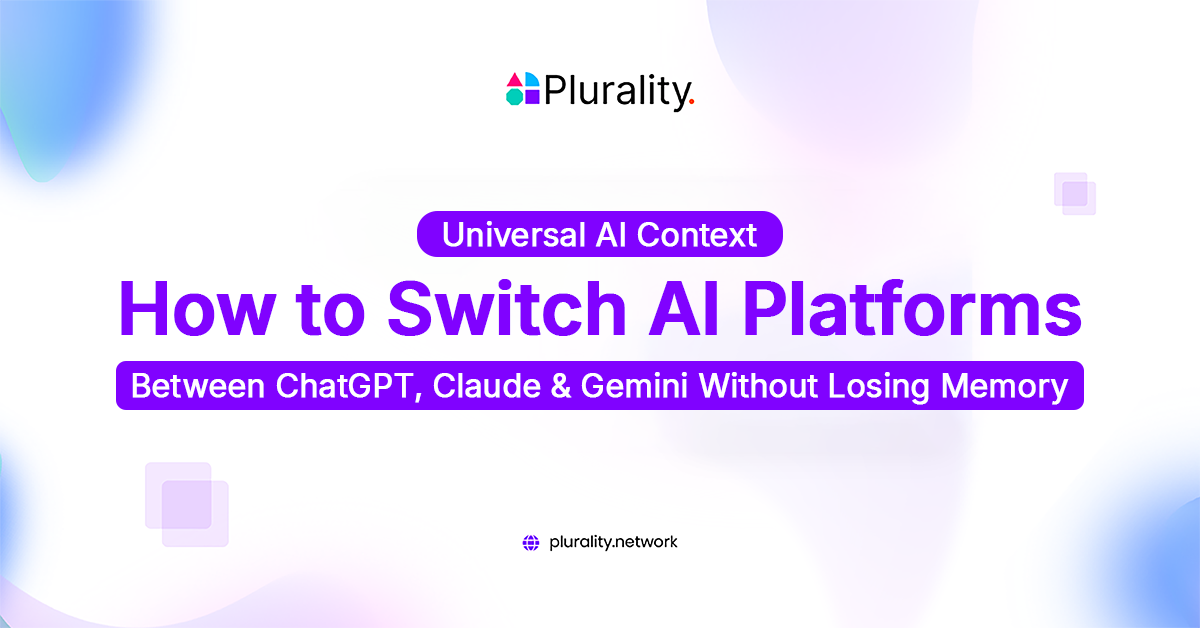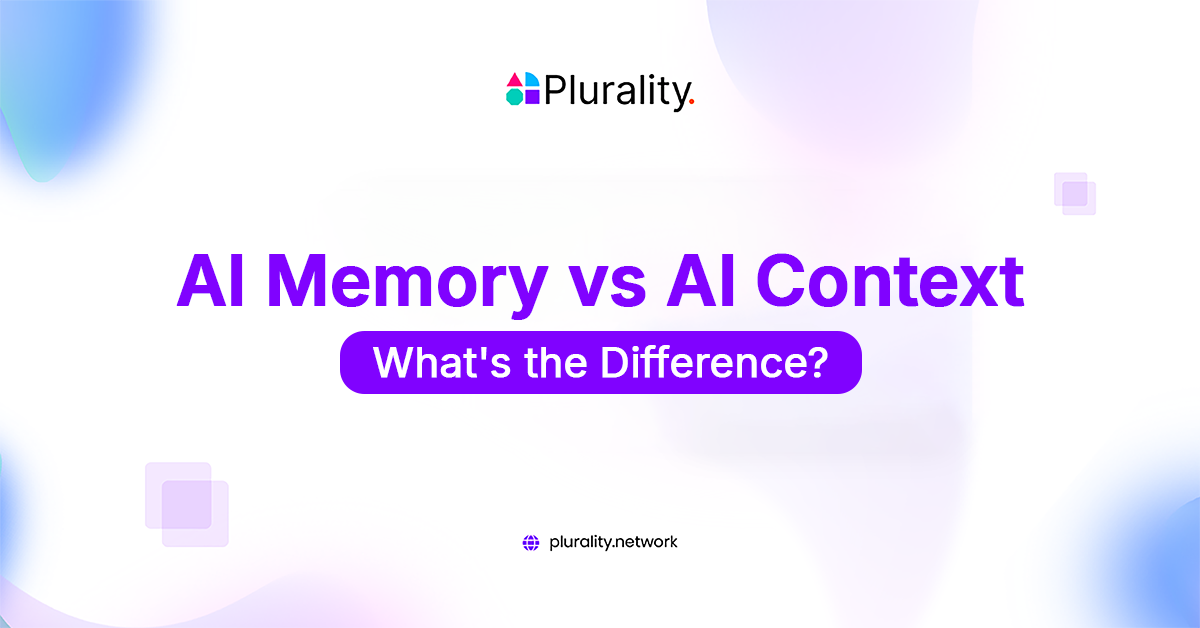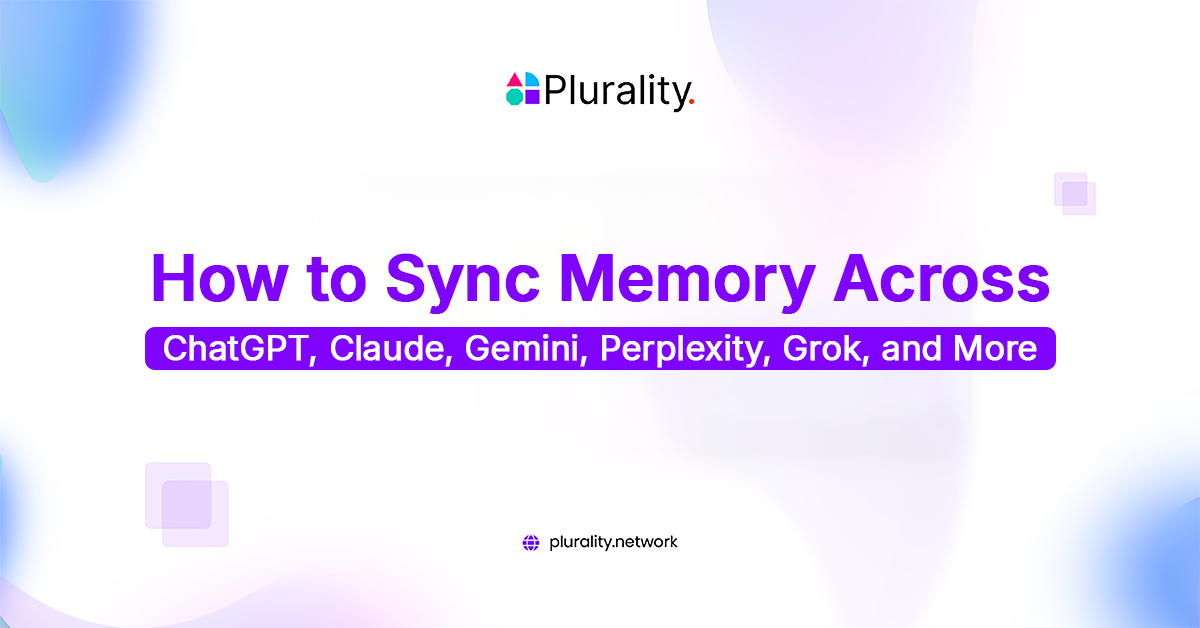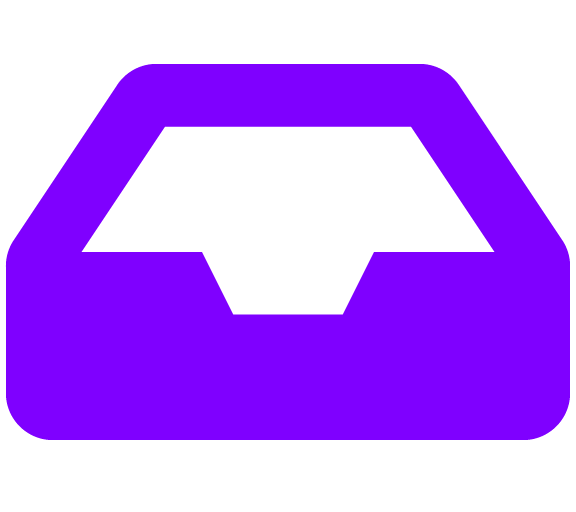MPC, AI, and Wallet Abstraction: The Next-Gen Web3 Wallets
By Alev • March 19, 2025
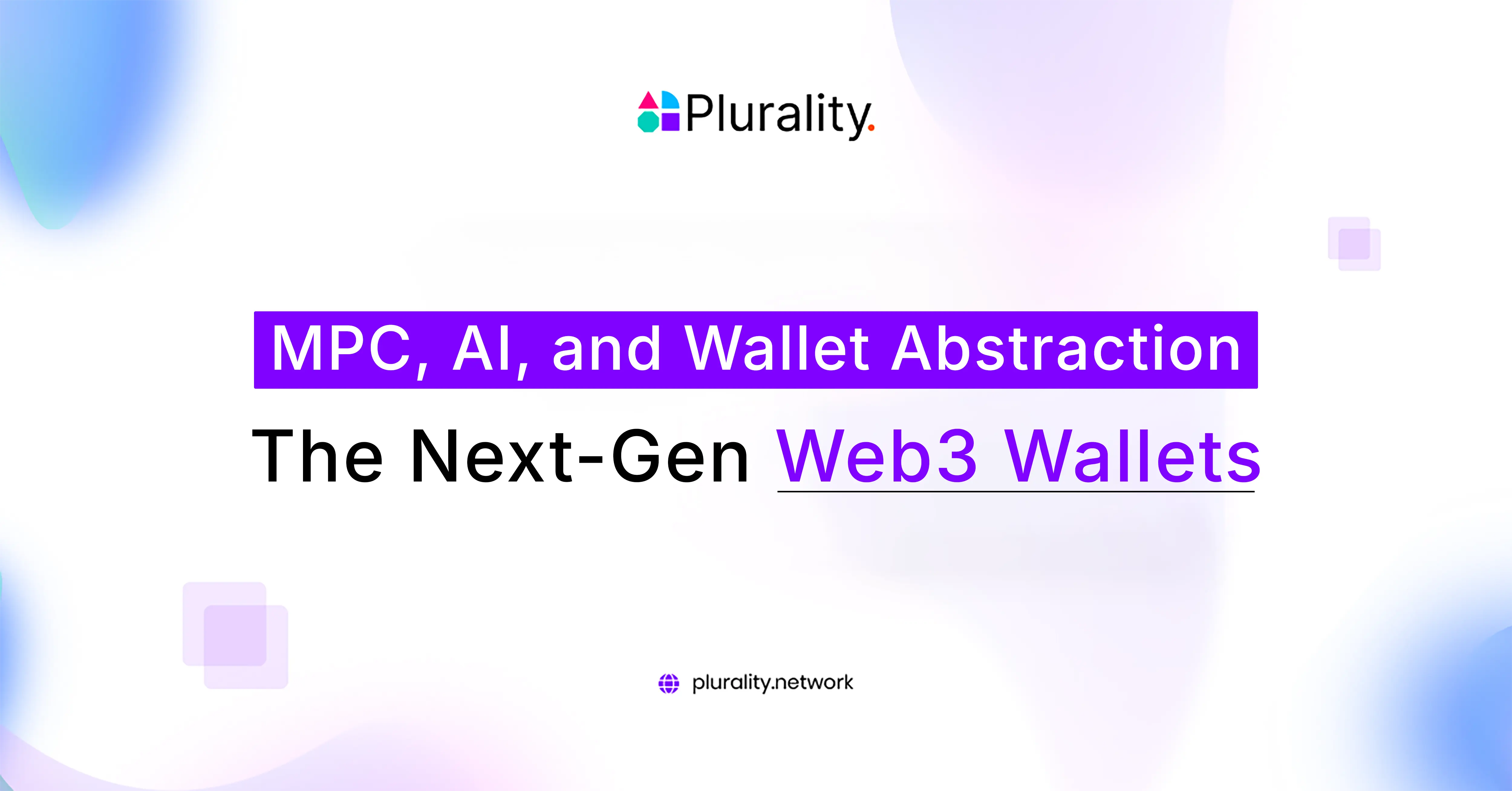
The Web3 ecosystem is maturing, but wallets are arguably the most critical interface, and they are still catching up to user expectations. The friction is evident from key management headaches to fragmented wallet experiences across chains. Meanwhile, users want more seamless login, asset interoperability, and intuitive interfaces that don’t compromise security or control.
The solution? A convergence of MPC (Multi-Party Computation), Agentic AI, and wallet abstraction working in harmony to define a new paradigm: the Next-Gen Web3 Multi-Wallet (aka Smart Profiles). It’s a convergence that decouples user experience from key management complexity without compromising decentralization.
With that being said, this isn’t just a technical upgrade. It’s a foundational shift in how users interact with blockchain: self-custody wallets without complexity, flexibility, and fragmentation.
What is MPC?
This cryptographic MPC technique allows multiple parties to join alliances to compute a function without letting each other know their private inputs. In the context of web3 wallets, MPC replaces the traditional private key with multiple encrypted shares distributed across different devices or servers.
No single entity holds the full key, which makes it significantly harder to compromise. This introduces a new class of non-custodial accounts where users retain control without having to manage a single seed phrase or hardware wallet. Smart Profiles abstract cryptographic operations while preserving user control at the protocol level.
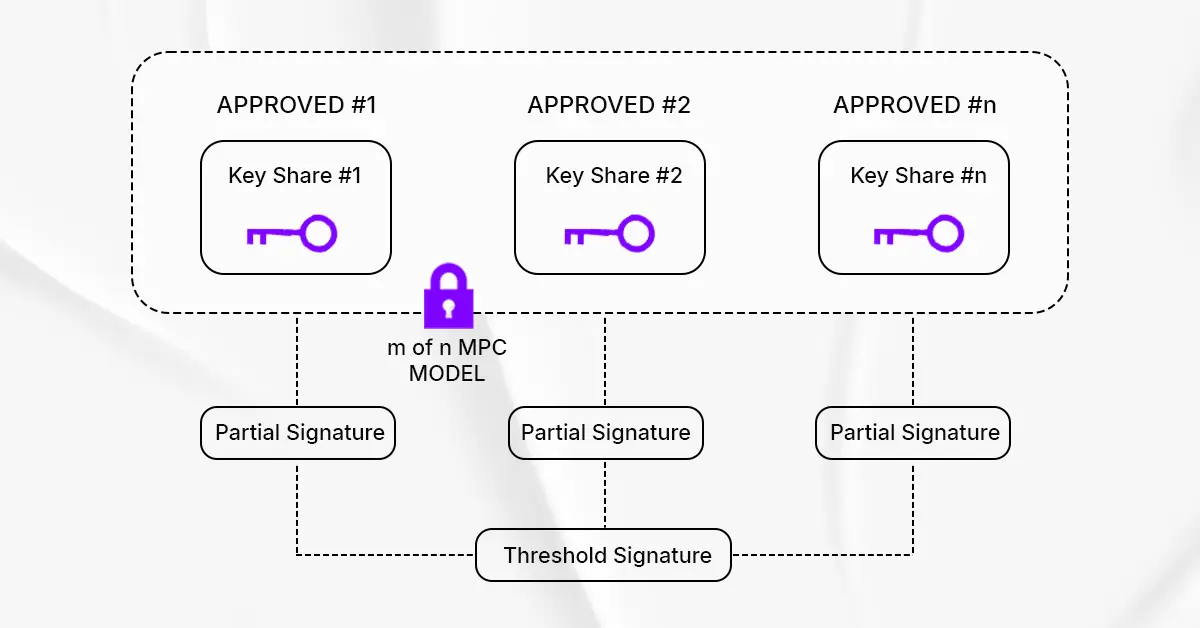
MPC wallets offer:
- Self-custody wallets with resilience against single-point failures
- Multi-device recovery without centralized custodians
- Social login integration, making onboarding frictionless
Role of MPC Tech in Smart Profiles
Integrating MPC into Smart Profiles ensures that users don’t have to deal with a wallet or chain-level complexity. Users can seamlessly create wallets using social logins while retaining full custody of their assets without seed phrases or centralized dependencies. Recovery is flexible and user-friendly without compromising self-custody.
Additionally, any data linked to the wallet is encrypted using special keys generated via MPC, ensuring only the user decides who can access the unencrypted data. In essence, MPC powers a secure, user-controlled foundation beneath Smart Profiles, making them scalable without sacrificing decentralization.
- No wallet or chain complexity: Users interact with Smart Profiles without dealing with underlying key or chain-level technicalities.
- Social login onboarding: Wallets can be created via familiar Web2 login methods, improving accessibility without sacrificing decentralization.
- Self-custody with flexible recovery: Users retain complete ownership of their wallets with multiple recovery options; no seed phrases are needed.
- Data access control via MPC encryption: Wallet-linked data is encrypted with MPC-generated keys, giving users full authority over who can view the unencrypted data and under what conditions.
What Are Agentic AI Wallets?
Agentic AI wallets refer to smart profiles powered by autonomous AI agents that act on behalf of the user within predefined parameters. Think of them as programmable assistants embedded in your web3 wallet, capable of handling tasks like gas fee optimization, cross-chain bridging, recommending things based on your preferences, helping you discover the content according to your tastes, and much more.
These wallets:
- Learn user preferences through the data in smart profiles, which continuously evolve over time.
- Execute actions autonomously after an input of a specific command (e.g., DEX trades, staking, rebalancing)
- Interface with protocols using intent-centric UX rather than step-by-step approval prompts
The result is a smarter self-custodial wallet that is not just a key manager but a digital agent. Spoiler: something is cooking for this aspect to be part of Plurality’s protocol. Stay tuned!
What are Next-Gen Web3 Wallets?
Next-Gen Web3 wallets are not just key or data vaults; they are modular, programmable, and user-centric smart profiles.
“Smart Profiles represent the latest evolution in Web3 wallets, transforming them into comprehensive, user-centric companions.”
These profiles aggregate data from various Web2 and Web3 sources, enabling seamless logins and interactions across decentralized applications. By integrating advanced technologies such as Multi-Party Computation (MPC) and Agentic AI, Smart Profiles offer enhanced security, privacy, and personalized experiences.
They integrate:
- MPC for secure key management
- Wallet abstraction for seamless UX
- AI agents for autonomous execution
- Social login for effortless onboarding
These wallets can operate across multiple chains, support multiple identities, and abstract away complex Web3 interactions, turning fragmented user experiences into cohesive ones. Think of Smart Profiles as adaptive interfaces between users and decentralized infrastruct
How MPC, AI, and Wallet Abstraction Work Together
So, after trying and testing a plethora of web3 wallets, we realized each of them comes with its own quirks, perks, and nuances. The current wallets are chaotic, and this trio of MPC, AI, and wallet abstraction tries to improve the situation. They are impressive individually, and the trio makes them a dream team.
So, one thing is that MPC, AI, and Wallet Abstraction aren’t standalone tech innovations. They are complementary layers that, when orchestrated together, reshape how users interact with Web3.
Curious how they work together? Let’s break that down:
- MPC forms the trustless foundation. It enables secure, keyless accounts that are resilient by design. No seed phrases. No single points of failure.
- Agentic AI builds the logic layer. It allows the wallet to learn, adapt, and even act on behalf of the user within preset boundaries. Pre-authorizing transactions. Optimizing gas usage. Automating routine operations. And personalizing experiences!
- Wallet Abstraction acts as the unifier. It standardizes interactions across chains and protocols, removing UX inconsistencies and making the wallet experience feel seamless regardless of what’s happening on the backend.
Together, these elements form the core of Smart Profiles. Next-gen self-custodial interfaces don’t just store assets but manage digital intent, context, and access.
This is where Web3 truly starts to feel intuitive. No more choosing between security and usability. No more juggling wallets across ch
Conclusion
The role of wallets in Web3 is transforming. What began as static key managers is now evolving into smart, composable interfaces that manage identity, access, and intent.
MPC secures the foundation. Agentic AI brings adaptive intelligence. Wallet abstraction eliminates complexity at the user layer. The result is not just a better wallet. It is an entirely new paradigm of interaction in Web3. Secure. Smart. Seamless.
The future of self-custody wallets isn’t harder. It’s smarter. And, of course, with Smart Profiles.
